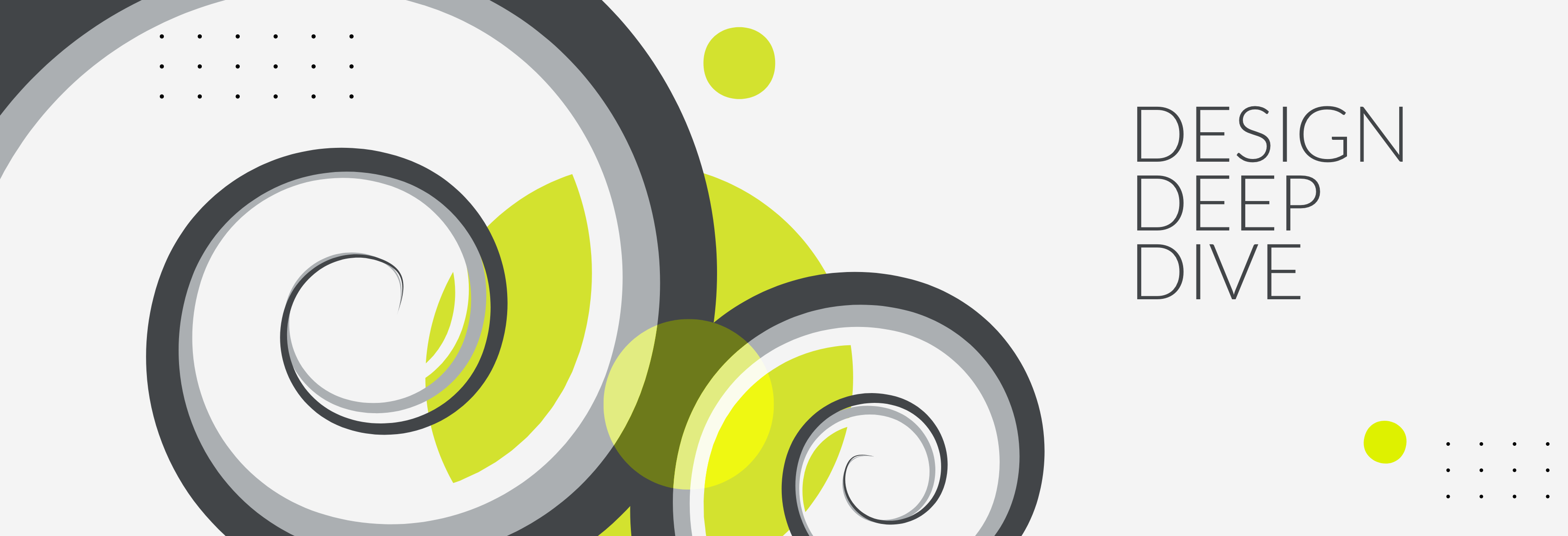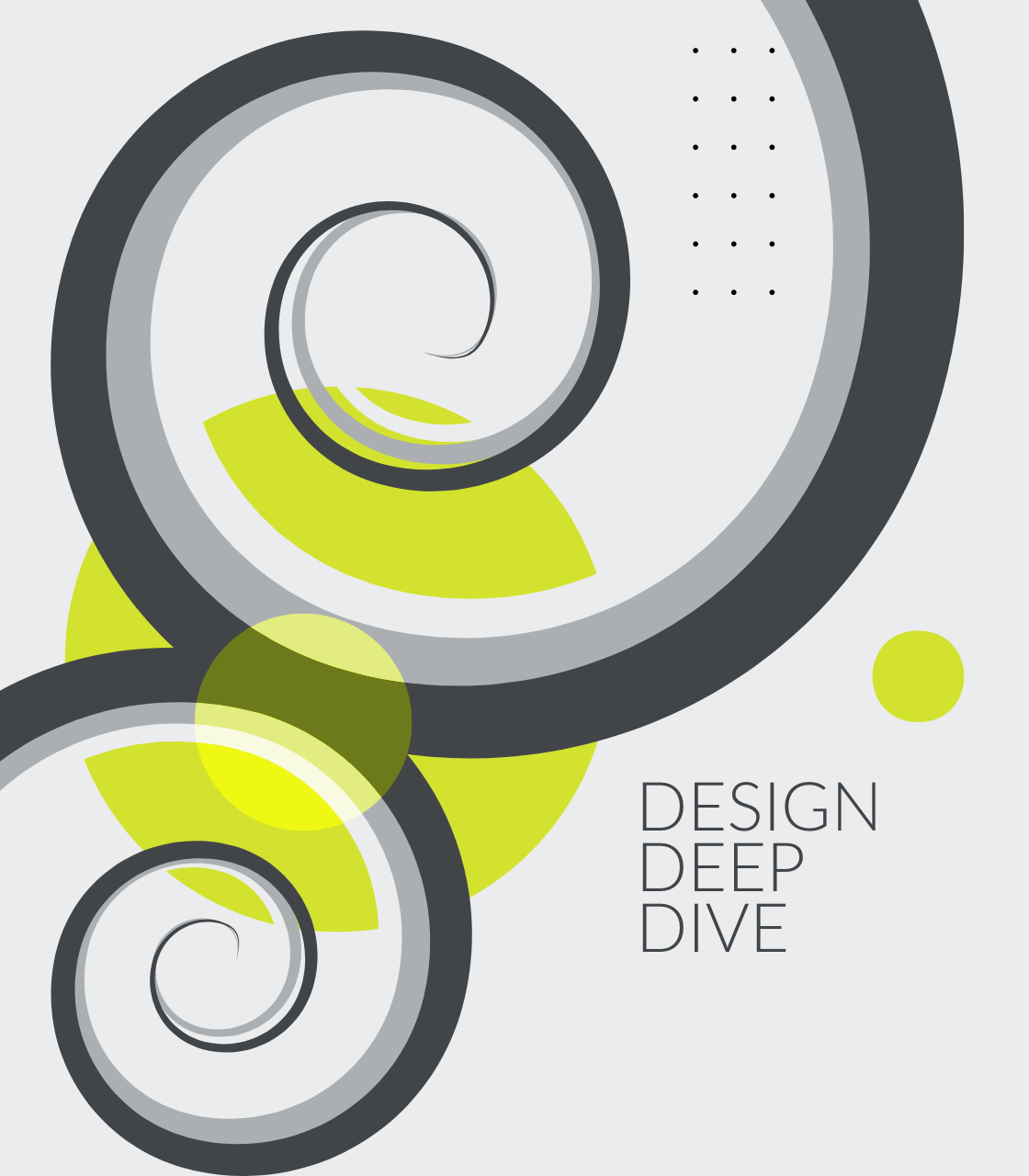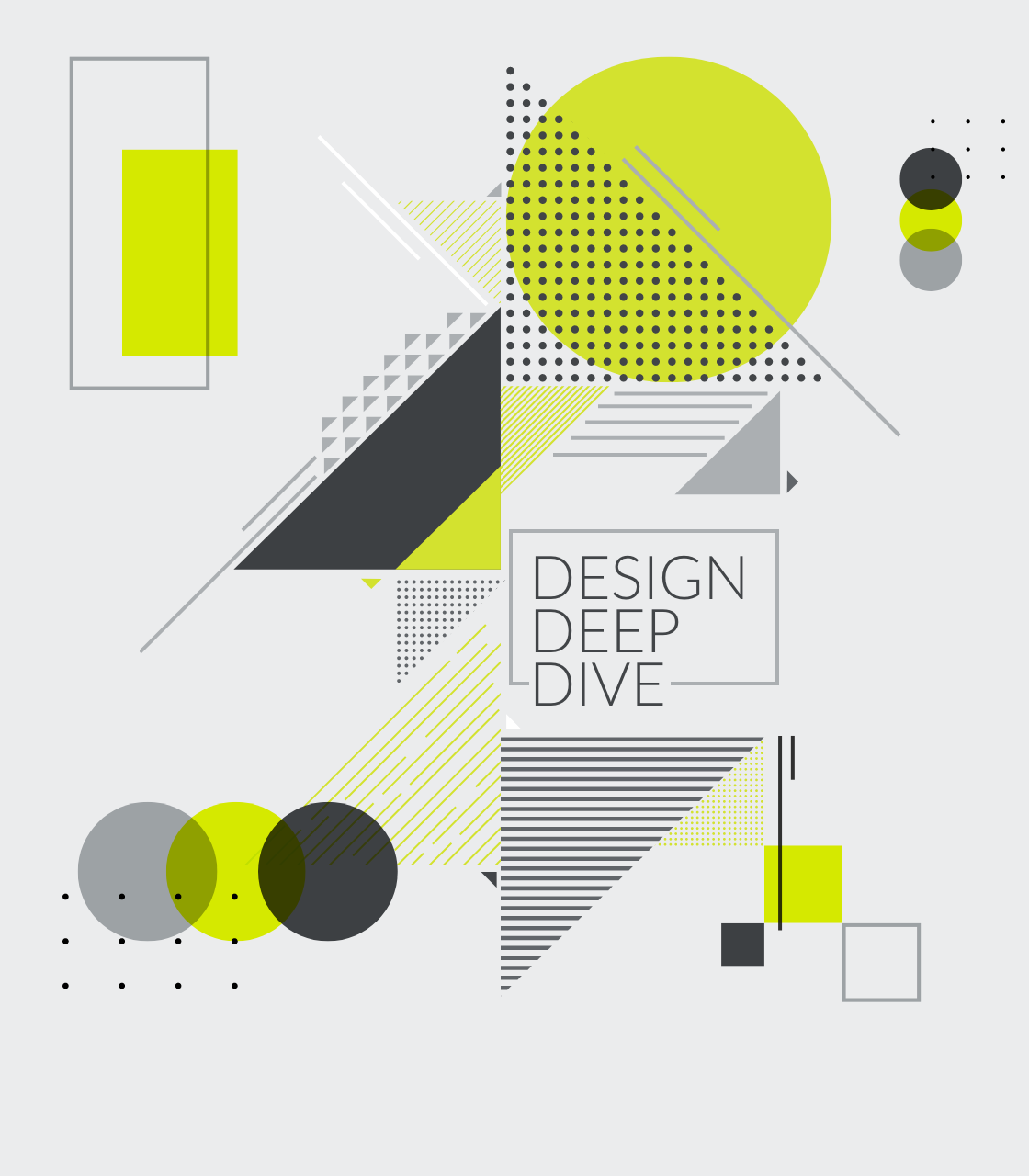
Buzz / 02 16, 2024
NAVIGATING UI DESIGN TRENDS: AVOIDING DESIGN PITFALLS
When navigating the ever-changing landscape of User Interface (UI) Design, it’s essential to tread carefully, avoiding the allure of trends that might lead us astray. While embracing new styles can be exhilarating, it’s crucial to approach trends with a discerning eye.
Let’s explore the pitfalls of jumping on trend bandwagons, using the example of neumorphism, a style that captured our attention but posed challenges in practical application.
What is Neumorphism?
Neumorphism, also known as “soft UI”, ” is a UI Design trend that gained popularity around 2020 in response to Skeuomorphic and Flat design trends.
Skeuomorphism, characterized by realistic textures, shadows, and 3D elements, dominated UI Design in the early years of smartphones and digital interfaces. However, this approach fell out of favor as the industry moved towards a more flat and minimalistic design aesthetic, known as Flat design.

Neumorphism design emerged in response to the flat design trend. UI Designers began experimenting with soft shapes, as well as subtle shadows and highlights, to reintroduce a sense of depth and realism back to digital interfaces, while still maintaining a minimalistic and modern approach.
“Many designers were captivated by Neumorphism’s subtle gradients and the promise of creating visually engaging, lifelike user experiences,” says Jason Rivers, Director of Design at Haneke Design.
Some of the key features of Neumorphic design include:
- Soft Shadows: Elements typically have soft, diffused shadows to create a sense of depth and mimic the way light interacts with physical objects.
- Subtle Gradients: Interfaces often incorporate subtle gradients or color transitions to enhance the three-dimensional appearance of elements.
- Minimalistic Aesthetics: The overall design tends to be minimalistic, focusing on simplicity and a clean look while still introducing depth through shadows and highlights.
- Highly Skeuomorphic Elements: While neumorphism is considered a departure from the flat design trend, it retains some skeuomorphic elements by simulating the appearance of real-world objects, such as buttons or cards.
- Light and Dark Modes: Often work well in both light and dark modes, allowing for versatility and user preference.
The Pitfalls Unveiled
While neumorphism promised to be an exciting and fresh new UI Design style, its journey exposed designers to a series of hurdles. Some of the hurdles include:
- Accessibility Challenges: The soft, subtle shadows that defined the style sometimes made it difficult for users with visual impairments to distinguish between elements. Maintaining a balance between aesthetics and accessibility proved to be a formidable challenge.
- Clarity Sacrificed for Aesthetics: Neumorphism’s emphasis on a soft, blended aesthetic occasionally came at the cost of clarity. In an attempt to achieve a visually pleasing look, some designs ended up sacrificing the clear communication of hierarchy and functionality.
- Cross-Platform Consistency: Designing for a variety of platforms and devices became a puzzle with Neumorphism. Achieving a consistent user experience across different screen sizes and operating systems proved to be a headache. What looked elegant on one device might lose its charm or functionality on another, leading to a lack of uniformity.
- Limited Application: Neumorphic elements can sometimes convey a more informal or playful vibe. In industries or products that require a high level of professionalism and formality, such as finance or legal services, the soft and tactile aesthetic may not align with the desired image.
- Performance and Responsiveness Concerns: Implementing Neumorphic designs without compromising performance was another uphill battle. The subtle gradients and shadows, while visually appealing, could sometimes bog down the performance of applications, especially on less powerful devices. Balancing aesthetics with responsiveness required meticulous optimization.
A Cautionary Tale for Designers
Reflecting on the Neumorphism trend, it’s a reminder that embracing a new design style should be a thoughtful and strategic decision. Here are some takeaways for designers:
- Prioritize Accessibility: Never compromise accessibility for the sake of aesthetics. Design should be inclusive, ensuring that users of all abilities can navigate and interact with the interface seamlessly.
- Clarity is King: Maintain a clear and intuitive user interface. Aesthetics should enhance, not hinder, the user experience. Strive for a balance between a visually appealing design and a functional, user-friendly interface.
- Consider Cross-Platform Implications: Think beyond the initial design phase. Consider how the chosen style will translate across various platforms and devices. Consistency is key to a cohesive user experience.
- Optimize for Performance: Always be mindful of the technical aspects of your design. Strive for a visually striking design that doesn’t compromise performance or responsiveness.
“Designing with intention and purpose will lead to interfaces that stand the test of time, providing users with not only visually pleasing experiences but also functional and accessible ones,” Jason remarks.
As we navigate the intricacies of UI Design trends, the Neumorphism saga serves as a cautionary tale, reminding us to approach each stylistic shift with a discerning mindset. In the pursuit of creating visually engaging experiences, we must not lose sight of the fundamental principles that underpin effective UI Design.



